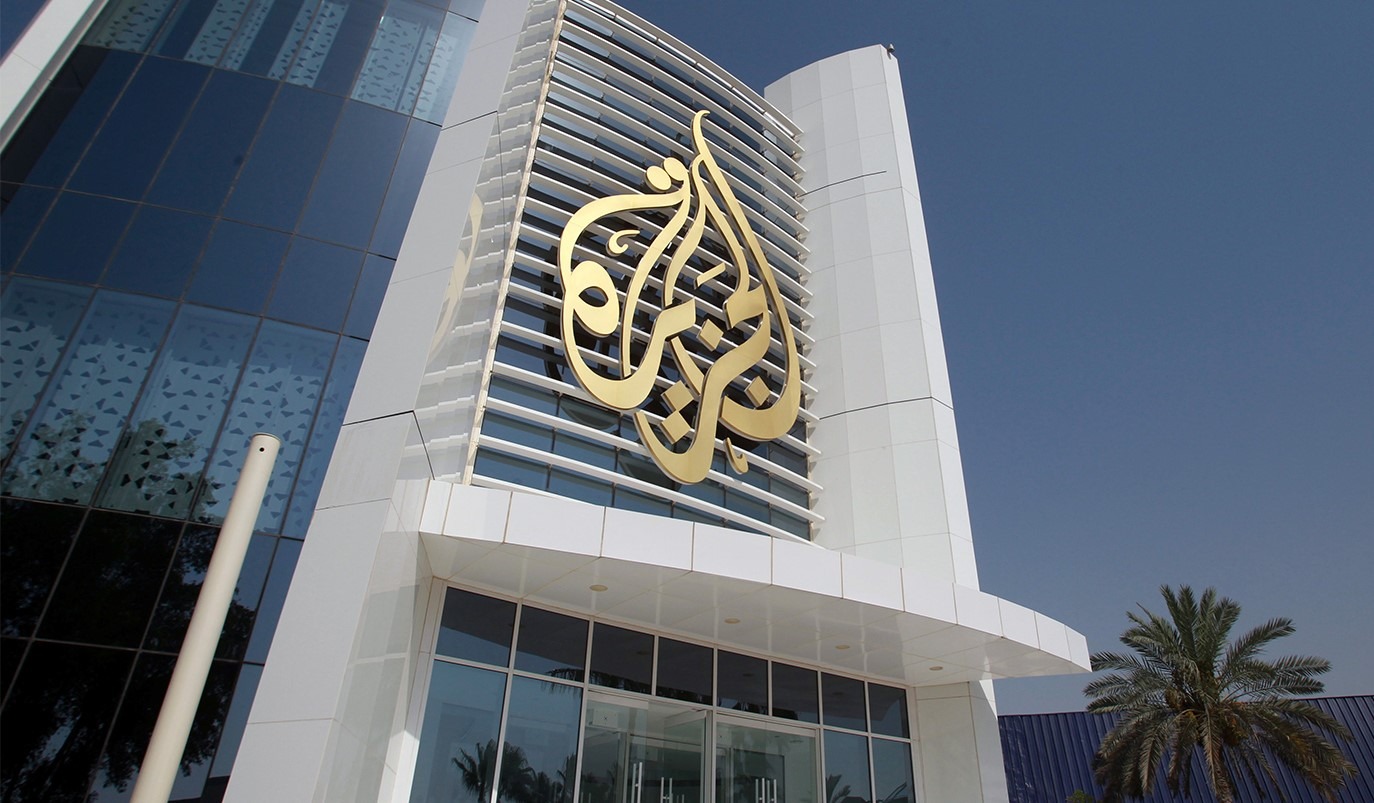
With reporting by Peter Kovessy
Qatar residents will soon be paying less for certain medications used to treat arthritis, skin diseases, high blood pressure, diabetes and other ailments, local pharmacists have said.
Starting April 17, the prices of some 400 drugs will drop at pharmacies across the country. It’s the latest stage of a multiyear effort to harmonize drug prices across the GCC that’s already led to financial savings for patients in Qatar.
Drug prices are set by the government in Qatar, which means customers should pay identical amounts for the same pharmaceuticals across the country, regardless of where they are purchased.
The size of the reduction varies from product to product. In some cases, there is virtually no change. But for other drugs, prices are dropping by 80 percent or more.
Some of the commonly prescribed drugs affected by the upcoming round of cuts include:
- Exforge, which is used for treating high blood pressure and hypertension. The price of 20 tablets is dropping from QR274 to QR156;
- Arcoxia, which is given to patients experiencing osteoarthritis or rheumatoid arthritis. The retail cost of 28 tablets will decline to QR43.50 from QR49.25; and
- Diabetes medication Dimicron (60mg). The price of 30 tablets will plunge from QR93 to QR26.
Pharmacist Abdel Baki, who works at Asian Pharmacy near the Gold Souq told Doha News that the changes will mean more customers will be able to afford medication that was previously too expensive for their budgets.

However, other pharmacists have said in many cases, the cost of filling a prescription would still be prohibitive for many low-income workers. Additionally, many of the affected drugs are used to treat chronic conditions that may go undiagnosed among those who don’t regularly visit a doctor.
Holders of a health card – commonly referred to as a Hamad Card – can fill their prescriptions at government-run pharmacies at subsidized rates, according to Hamad Medical Corp.
In past rounds of price reductions, the government has also ordered the wholesale prices of drugs to be reduced. This means in many cases, a pharmacy’s profit margin on each drug was unaffected. However, the lower retail price meant the company’s overall profit was reduced.
In 2014, the Supreme Council of Health said profit margins on drugs would be capped at 45 percent.
In practice, however, that may be less. A small sample of rates shared with Doha News in September 2014 showed that pharmacies will keep between roughly 18 and 19 dirhams for every riyal in pharmaceutical sales under the new rates.
Baki conceded that the pharmacy will lose a small amount of profit due to the measures, but said it wasn’t a problem for his business. He added pharmacies were given three months to prepare for the change.
Previous reductions
Prior to 2014, some patients and pharmacists said shoppers often paid much more in Qatar for common drugs than in other Gulf states, particularly Saudi Arabia.

In an interview with Al Watan newspaper this week, Dr. Aisha Ibrahim al-Ansari – the director of the pharmacy and drug control department at the Ministry of Public Health – said harmonization of prices is hoped to reduce the “unofficial” importation of medications from other countries.
The first phase of price reductions came into effect in September 2014, with pharmacists saying at the time that a second round was expected three months later.
So far, 2,873 out of some 4,600 medications have been repriced, al-Ansari was quoted as saying this week.
Thoughts?







